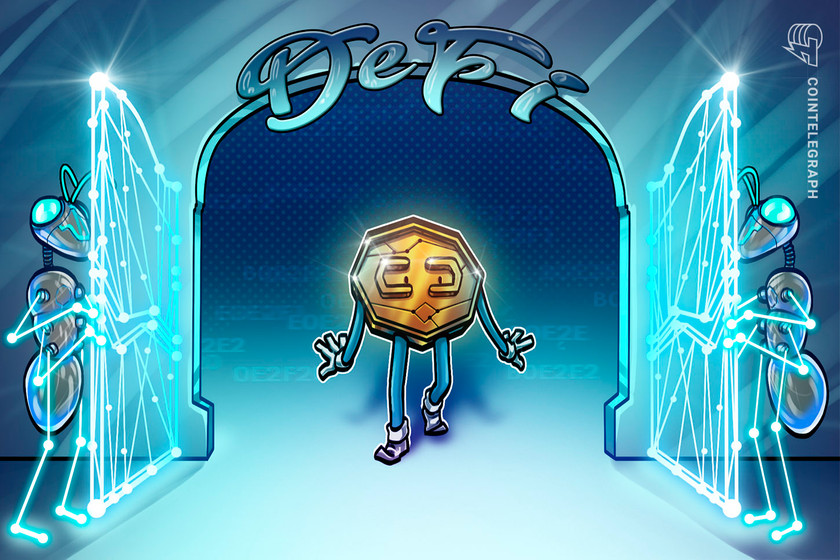Yearn.finance pleads arb traders to return funds after $1.4M multisig mishap


A Yearn contributor said the value lost came from “strictly protocol owned liquidity” in the protocol’s treasury and that customer funds weren’t impacted.
Decentralized finance protocol Yearn.finance is hoping arbitrage traders will return $1.4 million in funds after a multisignature scripting error resulted in a large amount of the protocol’s treasury being drained.
“A faulty multisig script caused Yearn’s entire treasury balance of 3,794,894 lp-yCRVv2 tokens to be swapped,” according to a Dec. 11 GitHub post by Yearn contributor “dudesahn.”
The error occurred while Yearn was converting its yVault LP-yCurve (lp-yCRVv2) — earned from performance fees on vault harvests — into stablecoins on the decentralized exchange CowSwap.












